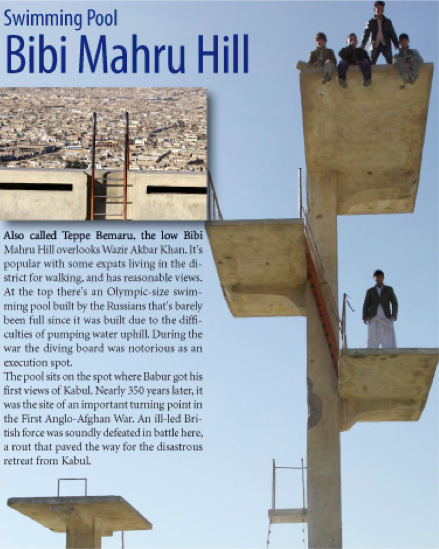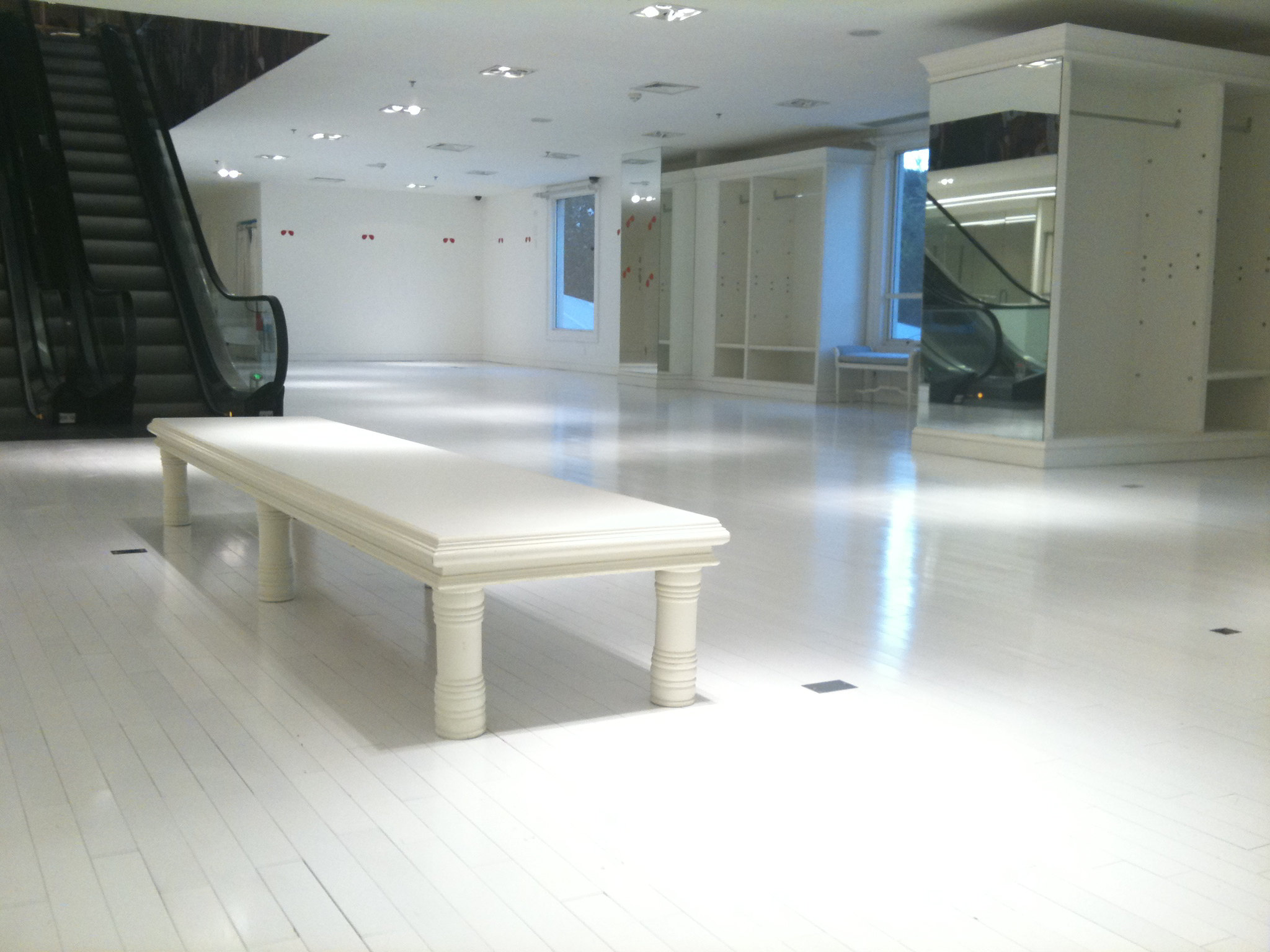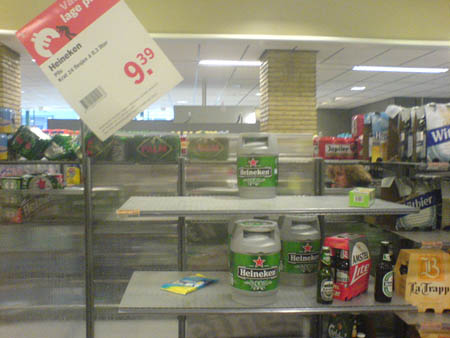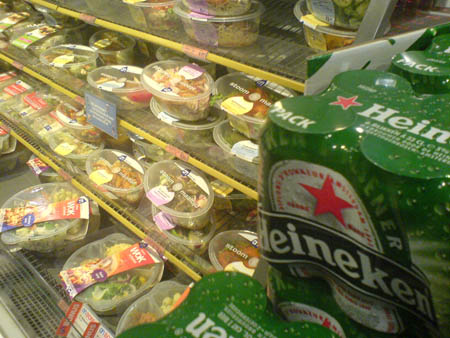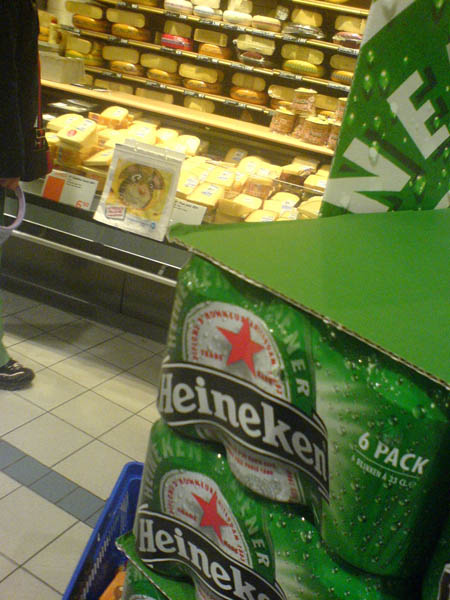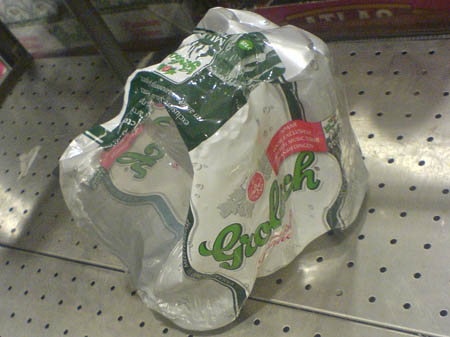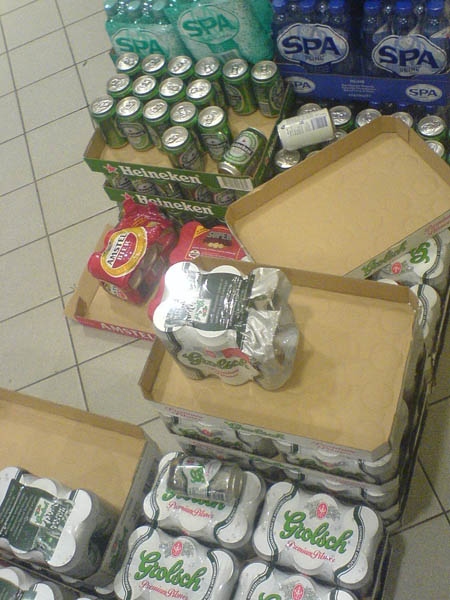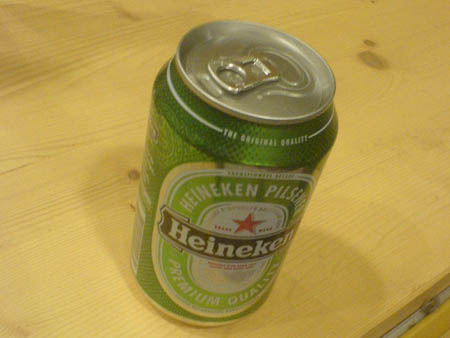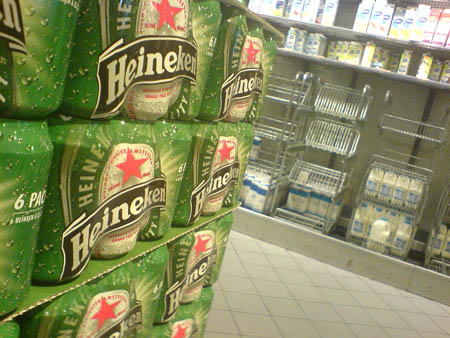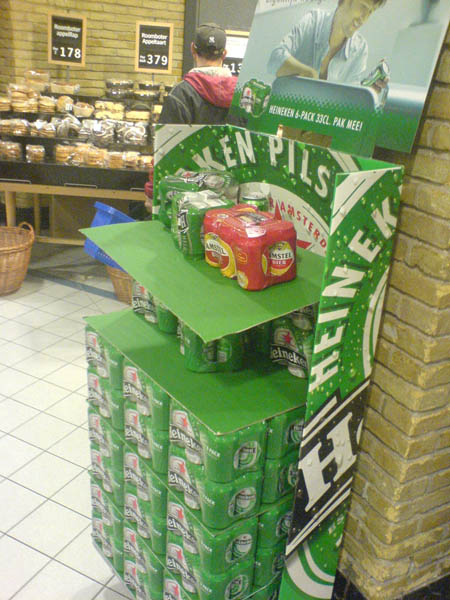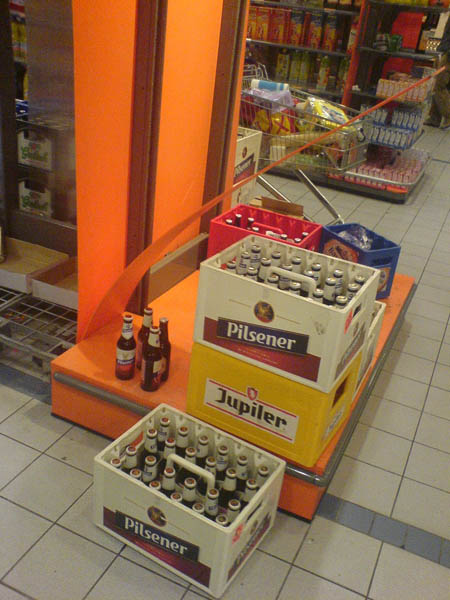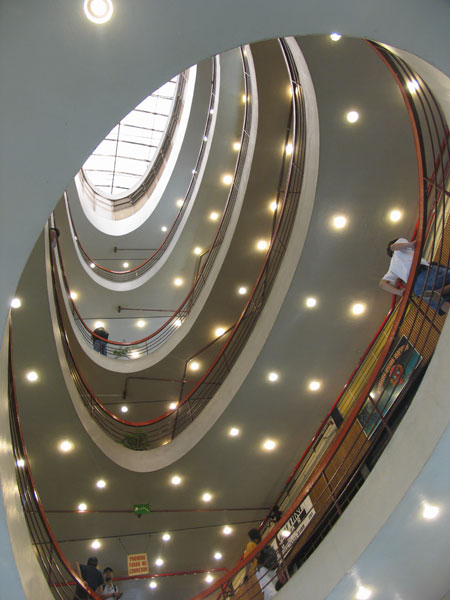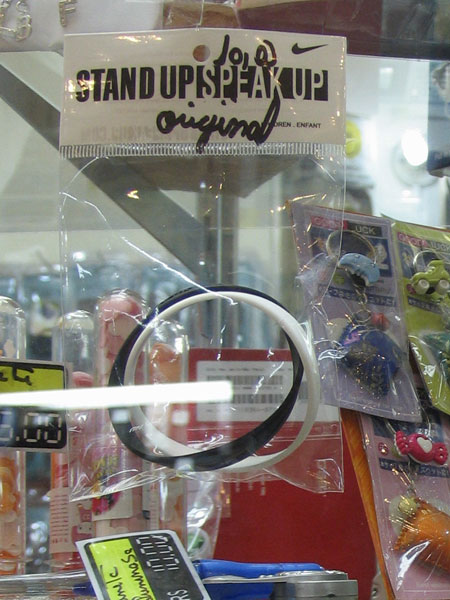What airlines can learn from how casinos are run
So the latest Planet Money podcast consists of this absolutely fascinating interview with Harvard professor turned casino CEO Gary Loveman. The interview is fascinating on a number of levels, chief among them this detailed look into data-driven behavioral manipulations:
Gary Loveman: Everybody who gambles knows that the house has an advantage. They are not unhappy that they loose any more that one is unhappy that they pay $40 to walk into the magic kingdom at disney. They recognize that there is a fee to provide all this but they get very unhappy if the loss is surprisingly severe – or as a statistician would put it, if they are in the tail of the distribution rather than the mean of the distribution, right?
So we have programs where a customer comes to play, we can observe real-time who in the casino is there on his first visit. It’s all though that [loyalty] card. So if Jude puts that card in and our system recognizes that this is the first time that we met her, a flag goes up to the casino management: New customer, Jude, playing the 25¢ video poker machine number 275 in the front left corner of the casino. And people on our staff will then begin to monitor all such people.
And we focus on those whose gaming results are way out in the negative tail, that is they are playing a slot machine where they should be getting back $94 out of a $100 but they are only getting back 50 out of $100. I know that this is a bad experience for Jude and she is going to feel that this was a very poor first visit. So the question is then: what are you going to do about this?
And you can imagine a couple of answers: one is ‘nothing’ which is the normal answer in consumer life. The other is that someone comes out, introduces themselves to Jude and says: ‘welcome to – lets say – Harrah’s St.Louis‘. Now the first thing that Jude is going to say is: ‘Hi, this place sucks! i am having a lousy day, i can’t win anything’.
Then the question is what do you do then? first of all you apologize, you say ‘Gee i am sorry to hear this, we do not like our customers to have a bad experience, how can i help?’ and you can help by buying Jude dinner, by giving her additional coin to play in the slot machines because at some point the law of large numbers will bring Jude back to the mean. You could offer her a room in the hotel or a ride home in the limo or any number of different things.
We do these kinds of interventions and then we run tests and control against it to see whether of all the people having a bad first experience, those who have a visit from one of our staff are more inclined to come back for the second visit. And not surprisingly they are dramatically more likely to come back.
[…]
Gary Loveman: Now when i was an academic i did this with airline data. So imagine through frequent flyer data that we observe that Jude has a visit on an airline, the flight was delayed and her bag was lost. Is it any mystery that she hates the airline? No, she hates the airline, you know that. So if you want her to visit the airline again the next time, how would you treat her? You would want to acknowledge that the last trip was a bad one and you would want to try to do something to make it up. It is exactly the same idea. But the airlines never do that.

